

Engage prospects with a scan and streamline customer engagement with FREE QR code marketing tools by Sona – no strings attached!
Create a Free QR CodeFree consultation

No commitment

Engage prospects with a scan and streamline customer engagement with FREE QR code marketing tools by Sona – no strings attached!
Create a Free QR CodeFree consultation

No commitment
Custom glass carving services are experiencing a surge in demand as businesses and individuals seek innovative ways to merge craftsmanship with technology. The rise of QR codes in marketing has transformed the market, making it possible to engrave digital touchpoints directly onto glass products, awards, signage, and décor using techniques such as laser-engraved QR codes. This elevates the visual appeal and introduces an interactive layer to every piece, providing new data opportunities and streamlining customer engagement.
Many companies in the glass engraving space have long relied on traditional marketing methods such as printed brochures, static samples, and word-of-mouth referrals. However, these approaches often create friction in the customer journey. Customers see a beautifully engraved item but have no clear or instant route to connect further or submit inquiries, and engagement is rarely tracked. Valuable prospects sometimes remain anonymous, causing high-value opportunities to be missed because there is no feedback loop from the physical piece back to digital platforms. Sona, an AI-powered marketing platform for identity resolution and attribution, offers guidance in Sona account identification to help turn anonymous interest into known demand.
QR code integration addresses these pain points by making it easy for viewers to access portfolios, place orders, or reach customer support. More importantly, it allows businesses to engage customers in the moment and capture interactions for analytics and CRM follow-up. See Sona QR’s product overview for how dynamic codes, analytics, and integrations enable this end to end. Leveraging QR codes in custom glass carving services now opens the door to real-time analytics, automated nurture activities, and account data enrichment, empowering firms to maximize engagement, boost conversions, and achieve measurable business outcomes.
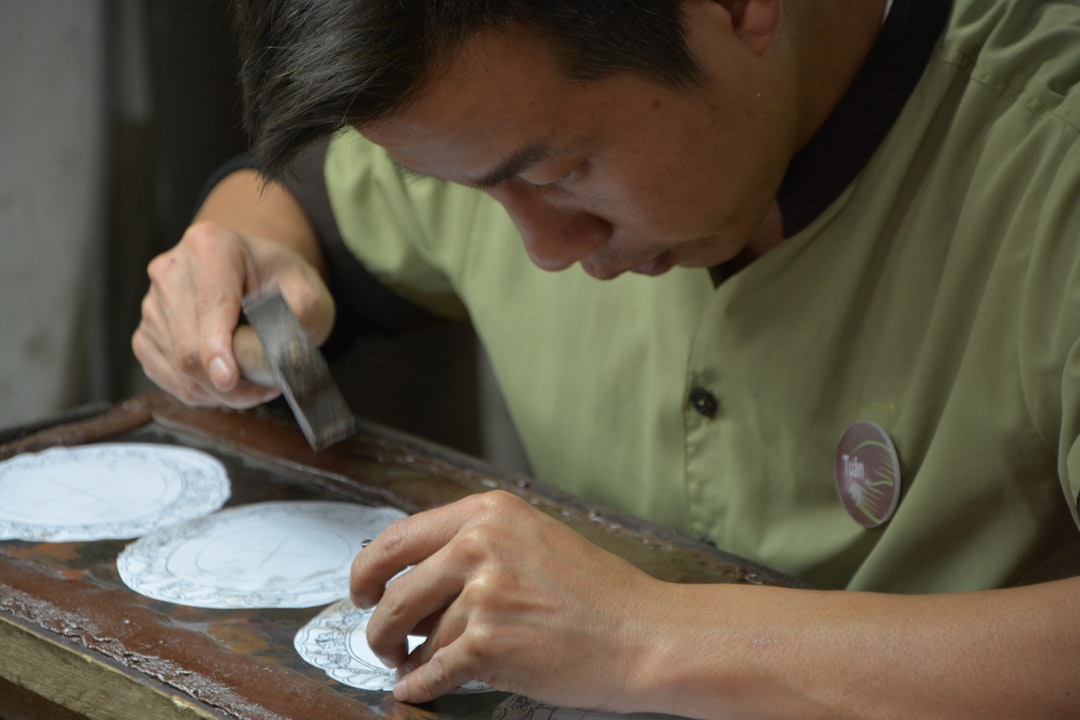
Many custom glass carving teams struggle to connect physical encounters, like viewing a display or receiving an award, with ongoing digital engagement. It is common to lose track of interested prospects because their offline interactions are not captured in any CRM, which leads to missed deals and manual follow-up work that rarely scales.
QR codes are revolutionizing how custom glass carving services convert fleeting offline touchpoints into actionable digital data. By modernizing analog processes with QR-enabled carved glass, you can make every interaction measurable and every moment of curiosity actionable. Replace paper catalogs and price sheets with dynamic destinations that always reflect your latest work, and align scans to meaningful steps in your sales process like quotes, design consults, or reorders.
Start creating QR codes for free: Start creating QR codes for free.
Emerging solutions in this space, such as Sona QR, automate dynamic code generation, offer branded code design, and deliver granular analytics. With CRM integrations and dashboards that reveal scan behavior by time, device, and context, your team can close the gap between customer curiosity and commercial outcomes more reliably.
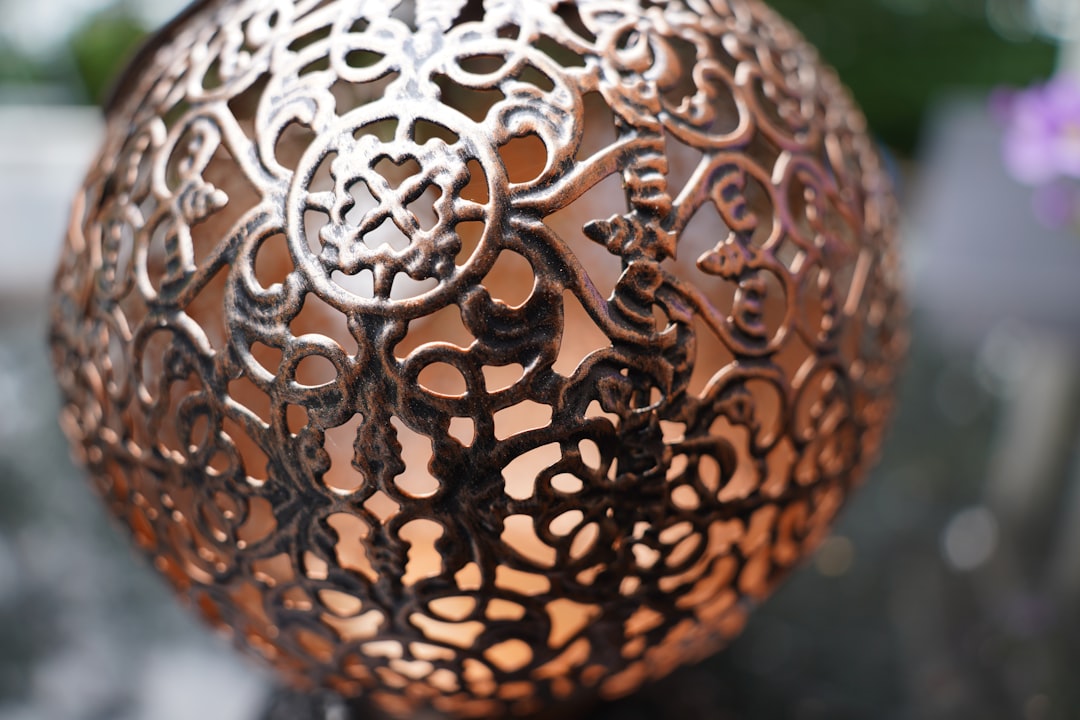
One of the persistent challenges for custom glass carving businesses is the inability to bridge the gap between beautiful, momentary offline interest and lasting digital relationships. A passerby admiring a sandcarved storefront panel or a corporate guest noticing a custom-etched award may be highly qualified, yet without a frictionless way to engage, their interest dissipates.
Embedding QR codes directly onto glass items, displays, or adjacent plaques turns every piece into a digital gateway. This simple addition delivers measurable improvements in discovery, attribution, and conversion, while maintaining the aesthetic integrity of the artwork. For materials like appointment cards, installation signage, and gallery labels, a scannable code replaces guesswork with immediate action. Explore gallery-friendly ideas in art.
By applying these benefits to common materials in the glass engraving world, from gallery tags to shipping inserts, you strengthen the entire customer journey and establish a feedback loop that traditional methods lack.
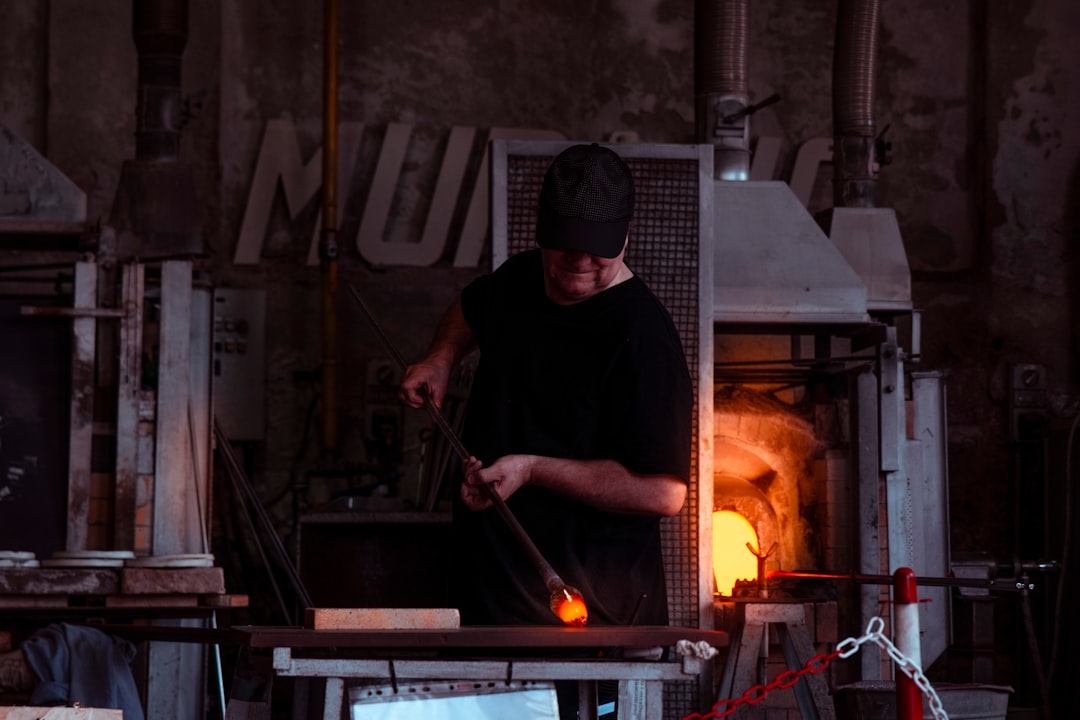
Choosing the right QR format is crucial because it shapes the action a scanner can take and the insight you can capture. In custom glass carving, the most effective formats support quoting, showcasing, and service while accommodating the realities of glass surfaces and display environments.
Start with the actions you want to trigger: viewing a portfolio, booking a consultation, verifying authenticity, or reordering. Then select the format that best matches the moment and aligns with how your team will measure success. Dynamic formats are preferred in most cases since they enable edits post-engraving and comprehensive analytics.
With Sona QR use cases, you can generate all of these formats, manage them centrally, and switch destinations without changing the physical code. That flexibility ensures your pieces never point to stale content and that you can pivot campaigns in response to demand.
Sustainable growth in custom glass carving depends on capturing and activating every high-value interaction, including many that are currently invisible. The best opportunities live where tactile experiences meet curiosity: events, showrooms, lobbies, and public installations. Design your QR strategy around these moments, and you will turn admiration into action at scale.
Think in terms of the buyer’s day. Where do prospects encounter your work when they are receptive to learning more? For corporate buyers and event planners, award ceremonies and conferences are prime. For homeowners and designers, street-level windows, boutiques, and décor stores are natural touchpoints. Map those contexts to unique codes so you can compare performance and refine placements.
By systematically deploying QR codes across these touchpoints, you create layered data that reveals where interest originates and how it progresses, which simplifies budget and resource decisions.
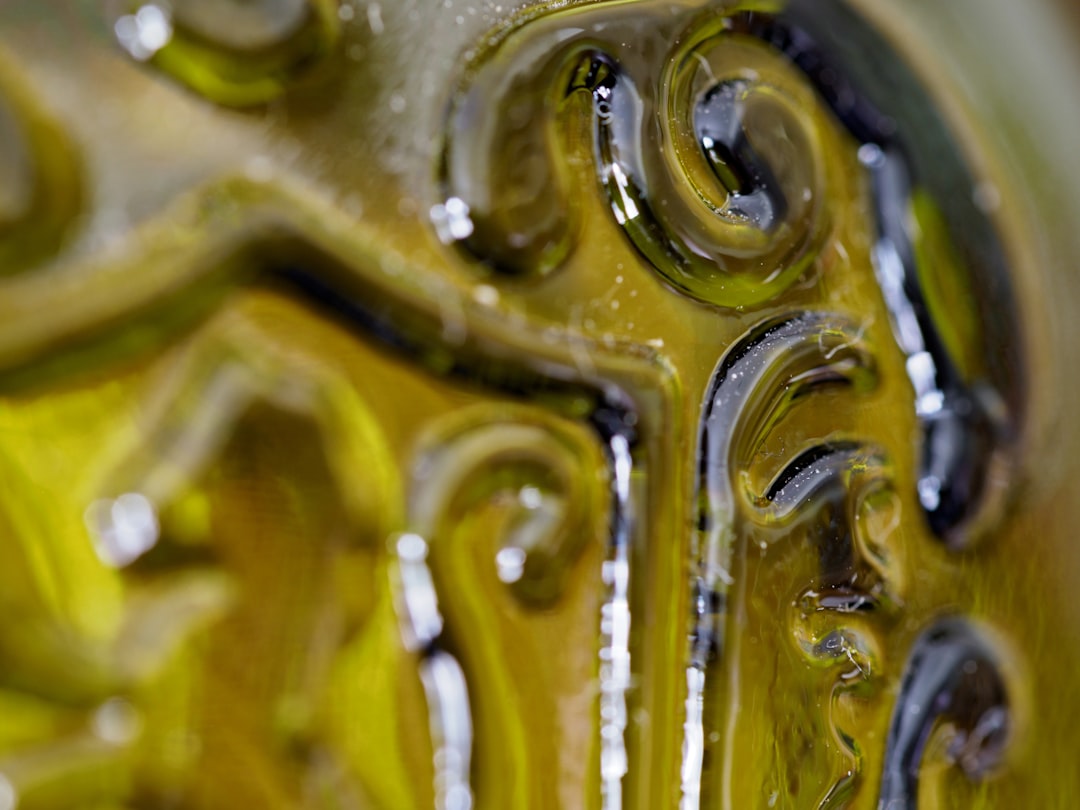
QR codes shine when they connect the emotional impact of crafted glass to a practical next step. The most effective use cases account for the setting, the audience’s mindset, and the desired action, whether immediate inquiries, scheduled consults, or brand engagement.
Below are three proven examples tailored to common customer interactions in custom glass carving. Each can be implemented with static codes for simple needs or dynamic codes for agility and analytics; the latter is recommended for most commercial scenarios.
Each use case benefits from tailored landing pages that match the context. For example, award-night scans might default to a silent-mode video gallery with captions, while storefront scans might prioritize appointment scheduling above long-form content. Aligning destination content to the moment improves conversion rates significantly.
Each scan is a rich signal that reveals intent, context, and stage in the buyer journey. When you assign unique QR codes to distinct touchpoints, you naturally segment your audience by what they scanned, where they scanned, and when they scanned. These distinctions become the backbone of precise retargeting and more relevant nurture programs.
In custom glass carving, your audience often spans corporate procurement leads, event planners, interior designers, and individual gift buyers. Treat each group differently. Someone who scans a QR on a trophy base at a gala is not the same as a homeowner scanning a storefront display. With CRM-tagged events and dynamic destinations, you can route each segment into an appropriate sequence without manual work.
With Sona QR, each code acts as a smart entry point that automatically classifies the scanner based on context. That makes retargeting based on real behavior possible at scale and drives higher conversion without guesswork.
QR codes elevate every channel where your glasswork appears by providing a direct, measurable path from offline admiration to online action. They bring attribution to previously opaque touchpoints, making it easier to understand which placements produce inquiries, which assets influence deals, and where to focus investment.
A connected funnel for custom glass carving typically begins with inspiration, followed by specification and quoting, and culminates in approval and production. QR-enabled touchpoints help buyers move from one stage to the next with minimal friction and supply your team with the data needed to personalize each step.
A centralized platform like Sona QR helps you manage this complexity. You can create codes by channel, track performance side-by-side, and sync scan data into your CRM and ad tools so every channel informs the next.
A disciplined plan helps you launch quickly, minimize rework, and learn fast. Treat QR campaigns like any other performance initiative: define the problem, select the format, design deliberately, deploy in high-intent places, and optimize based on data. The following steps are tailored to the realities of glass surfaces, event-driven exposure, and premium buyers.
Before you begin, align your team on the primary outcome. For example, a studio might aim to increase quote requests from storefront scans by 30 percent in a quarter or to convert 20 percent of award-night scans into newsletter subscribers who book a consultation within 30 days.
Clarify the job you need the QR code to perform. If your biggest leakage happens at events, prioritize a scan-to-inquiry flow on trophies, podium signs, or exhibit glass. If post-purchase engagement is weak, focus on packaging inserts that lead to care guides and reorder forms.
Select the format that best triggers the desired action and supports your data needs. Static codes work for fixed destinations that will not change. Dynamic codes are preferred for anything tied to a campaign or season.
The physical realities of glass require attention to contrast, reflection, and viewing angle. Your goal is to make the code beautiful yet unmistakably scannable and immediately valuable to the user.
Place your codes where attention peaks and where scanning is comfortable. Think at the level of specific surfaces and user flow within your space or event.
Once live, treat scans as the beginning of the journey. Monitor behavior, diagnose drop-off points, and fine-tune your creative, placements, and landing pages for better performance.
A short post-mortem after each campaign will cement learning. Capture what worked, what underperformed, and specific ideas to test next time so your team compounds improvements.
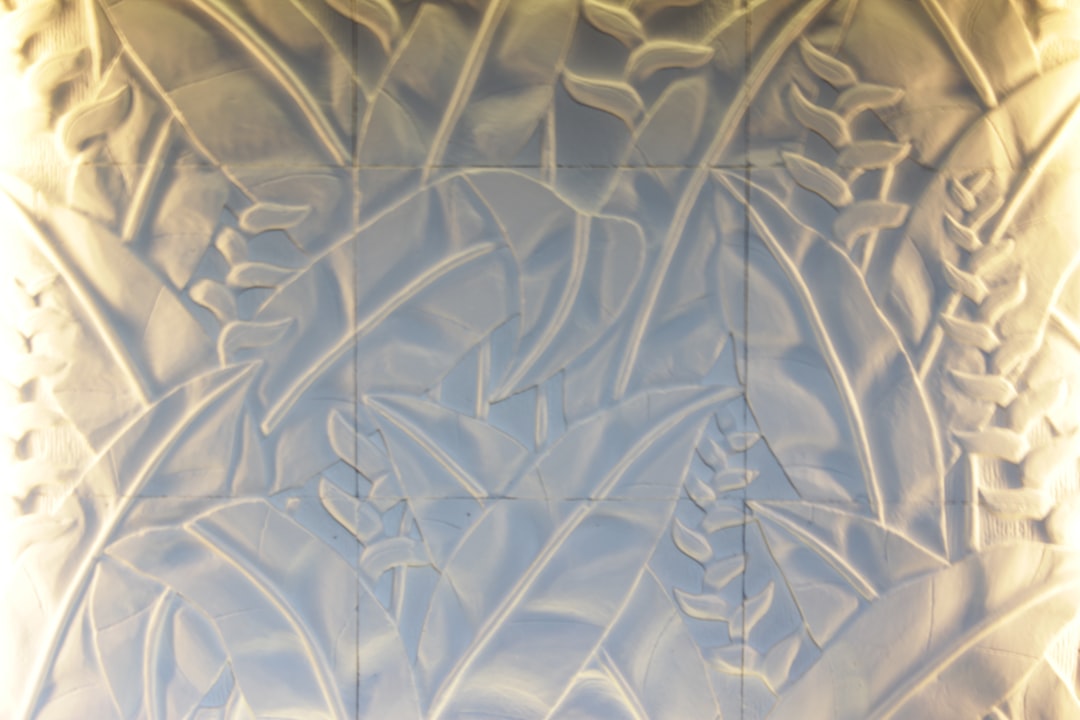
The inability to attribute offline or event activity to pipeline outcomes has long plagued artisan and fabrication businesses. Without a clear view of what scans led to which conversations or purchases, teams struggle to defend budgets and optimize their time. Modern QR platforms close that loop by linking real-world engagement to measurable results.
A best-practice analytics stack captures each scan, enriches it with context, and syncs it to your CRM and attribution tools. That unified view empowers your team to allocate resources where they matter, such as doubling down on a high-performing storefront display or reworking underperforming event signage.
With Sona QR and Sona.com, you can go further:
The result is a performance-grade program that brings accountability to offline marketing. You move beyond vanity metrics and connect scan behavior to real revenue, guiding smarter creative choices and investment decisions.
Even high-performing teams can leave revenue on the table if they neglect segmentation, landing page optimization, and post-engagement workflows. Lean into a few foundational practices and layer in creative deployments that fit your brand and clientele.
Start simple, then iterate. You do not need a dozen placements to see value. A standout storefront panel, a few showroom samples, and the year’s key events can deliver a meaningful lift if you manage them with care and track them rigorously.
Creative deployment ideas tailored to glass carving include personal recognition nameplates with an embedded QR for employee stories or company values, and artist-signed limited editions with QR codes that verify authenticity and unlock a behind-the-scenes video. Both deepen engagement and create shareable moments that amplify your brand organically.
Custom glass carving services are uniquely positioned to combine tradition and technology, transforming every engraved piece into an interactive, trackable asset. QR codes solve long-standing challenges like anonymous engagement and unmeasured offline exposure, and they create a reliable path from admiration to action supported by analytics and CRM data.
As demand grows for both artistry and digital convenience, teams that integrate QR codes across displays, awards, packaging, and events will differentiate with a connected customer experience. With dynamic codes, thoughtful design, and a centralized platform like Sona QR, you can capture demand at the source, personalize follow-up, and attribute revenue to the moments that spark it. Start with a few high-impact placements, measure relentlessly, and expand your program as insights accumulate.
QR codes have revolutionized custom glass carving services by transforming traditional artistry into interactive, measurable marketing opportunities. Whether it’s attracting new clients, enhancing customer engagement through personalized experiences, or showcasing detailed project portfolios instantly, QR codes streamline connections and capture valuable insights that turn every engraved piece into a powerful conversion tool.
Imagine clients scanning your custom glass designs to instantly view your full gallery, request quotes, or access care instructions—creating seamless touchpoints that deepen trust and drive sales. With Sona QR, you can easily generate dynamic, trackable QR codes that update in real time without the need to reprint, linking every scan directly to actionable data and revenue growth.
Start for free with Sona QR today and transform your custom glass carvings from beautiful art to powerful customer acquisition machines.
Custom glass carving services with QR codes enhance visual appeal, enable interactive customer engagement, provide real-time analytics, automate nurture activities, and create measurable business outcomes by linking offline interest to digital actions.
Choose a service that offers dynamic QR code generation, branded code design, granular analytics, CRM integration, and a centralized platform to track scan behavior and maximize customer engagement.
Various glass products including awards, signage, décor, storefront panels, trophies, art installations, and shipping inserts can be used for custom QR code engraving.
The article does not specify exact costs but notes that creating and deploying QR codes is inexpensive compared to reprinting catalogs or commissioning new signage.
Common methods include laser engraving, sandblasting, frosted effects, and etching, with options to add small etched metal or acrylic tags near the glass to enhance contrast and scannability.
They improve engagement by embedding scannable QR codes that link to portfolios, inquiry forms, or order pages, enabling instant access to information, tracking interactions, and facilitating personalized follow-up.
Codes should have sufficient contrast using frosted or sandblasted effects, be sized typically 2 to 3 cm or larger depending on viewing distance, include clear calls to action, and be tested for scannability on multiple devices under various lighting conditions.
The article does not provide specific timelines for engraving QR codes on glass.
Yes, custom glass carving services can create QR codes that are reliably scannable on smartphones by ensuring proper contrast, size, and placement.
Design limitations include ensuring sufficient contrast and size for scannability; codes typically need to be at least 2 to 3 cm in size and should be integrated with brand visuals and clear calls to action to maintain usability.
Use Sona QR's trackable codes to improve customer acquisition and engagement today.
Create Your FREE Trackable QR Code in SecondsJoin results-focused teams combining Sona Platform automation with advanced Google Ads strategies to scale lead generation

Connect your existing CRM

Free Account Enrichment

No setup fees
No commitment required

Free consultation

Get a custom Google Ads roadmap for your business






Launch campaigns that generate qualified leads in 30 days or less.
